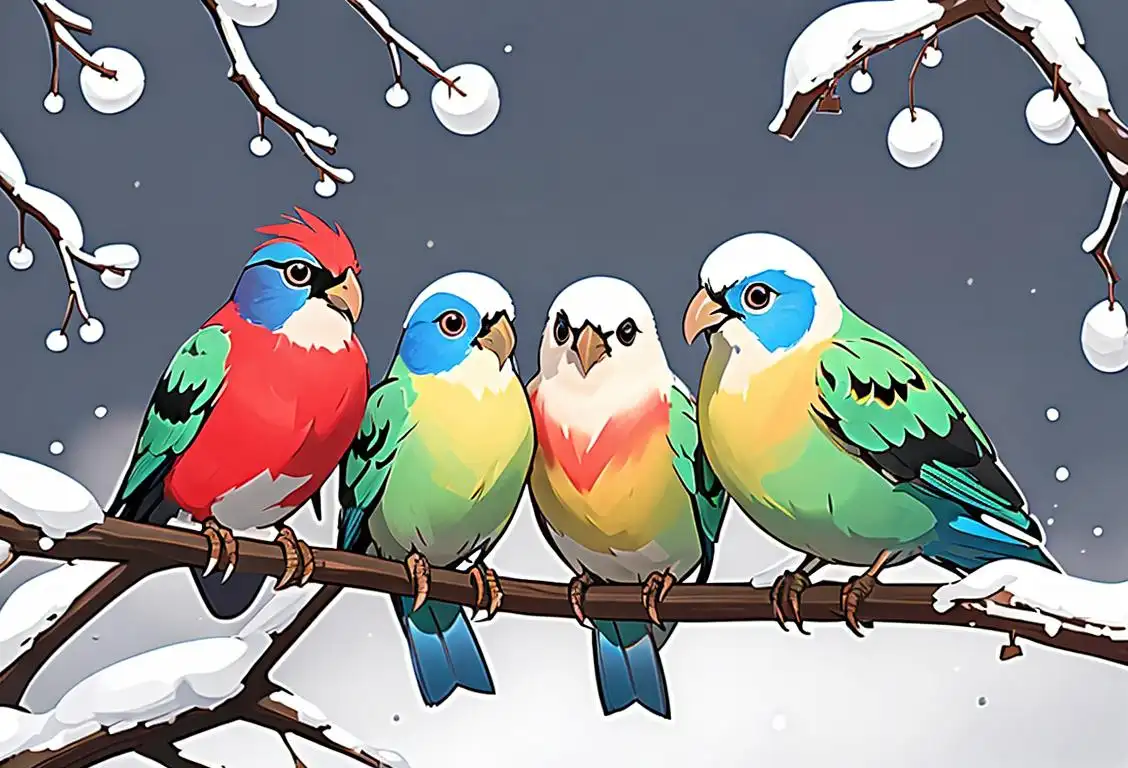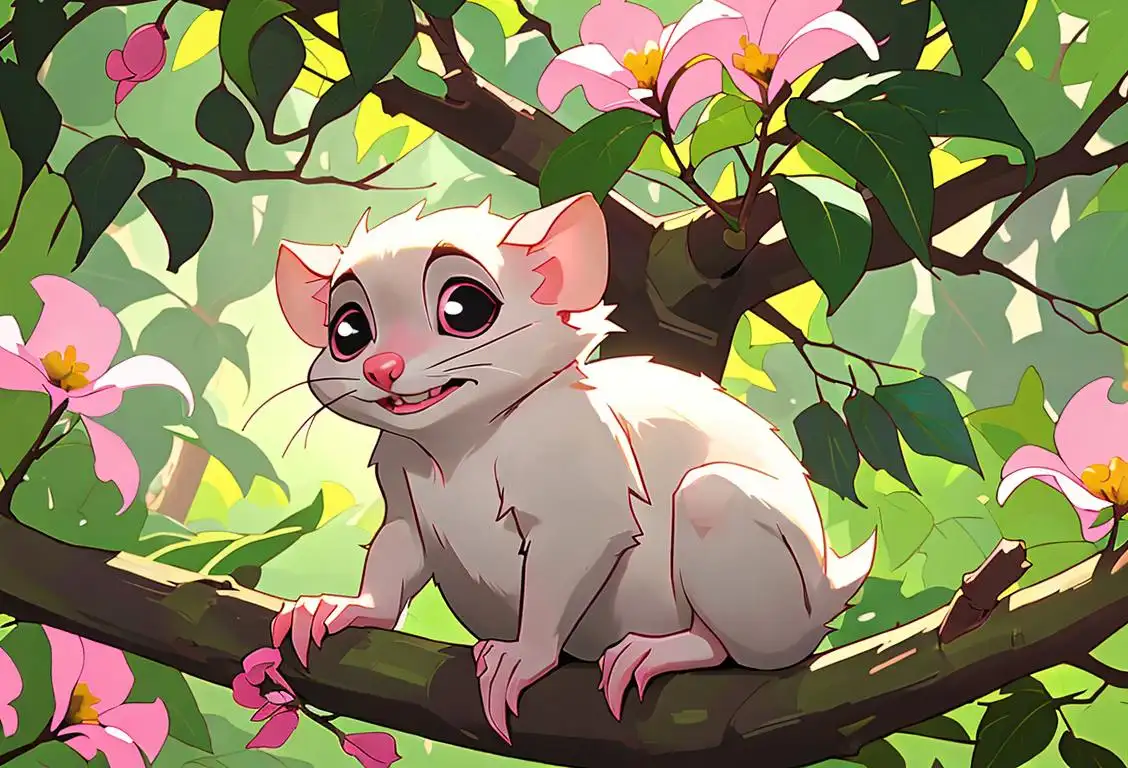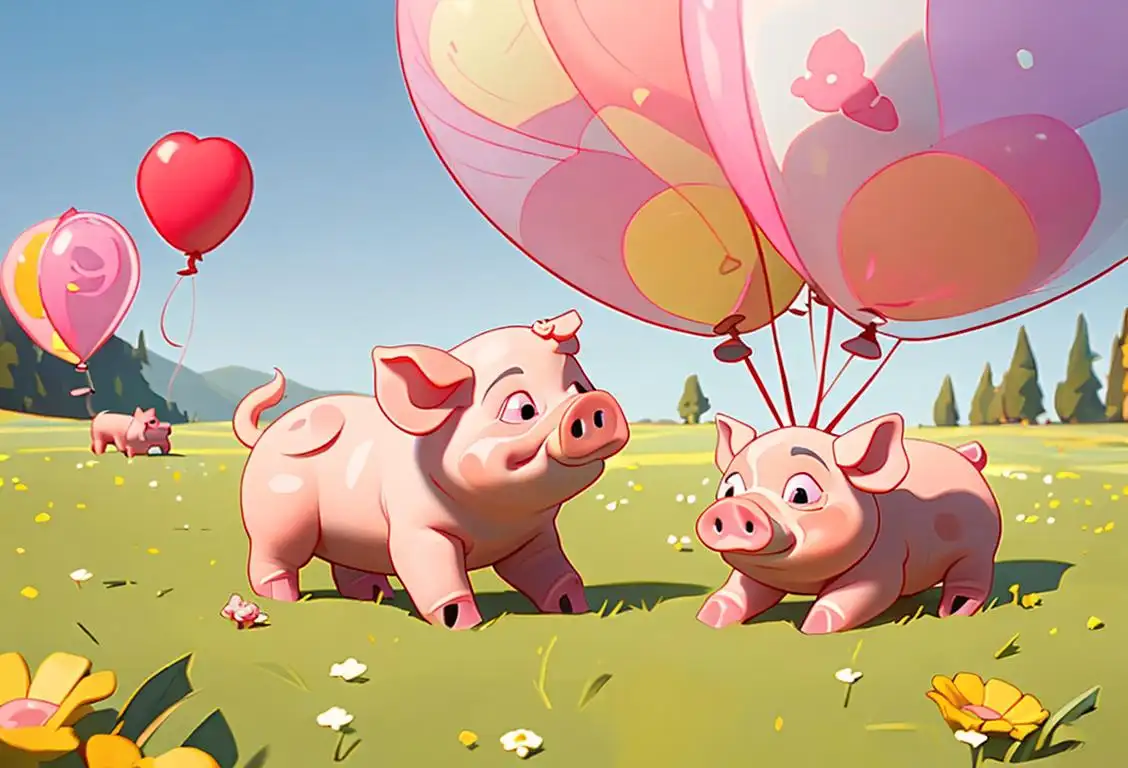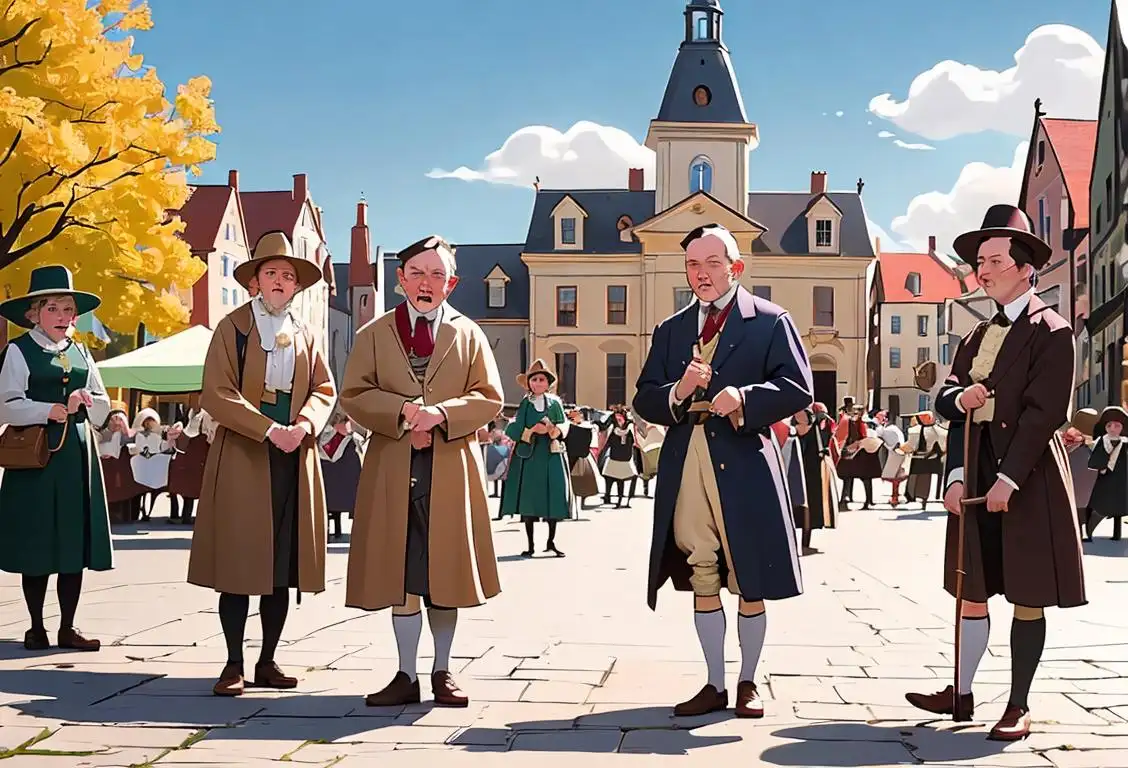National Bird Day

Why did the chicken, I mean, bird cross the calendar to get to January 5th? To celebrate National Bird Day, of course! This is a triumphant tale that begins with the chirping of birds on a crisp winter's day and has all the flair of a well-plotted feathered thriller. Get ready to ruffle your learning feathers, in a good way of course.
When is Bird Day?
It's national bird day on the 5th January.
A Little Bird Told Me
What started as a tiny tweet in the online world has since grown into a mighty chorus. National Bird Day, with a startling 33933 mentions detected online as of note, has certainly taken flight. Birds of a feather really do flock together, especially on the 5th of January.
Wings of Popularity
The most mentions of National Bird Day were perhaps not so surprisingly, on the 5th of January, 2018. That day whole internet took flight, tweeting and posting about their feathered friends. Our feathered friends gained a cyber fan base faster than a hummingbird's wings beat.
Not Just a Day for the Birds
But it's not just a story of online popularity. National Bird Day has a noble cause at its heart – raising awareness about the thrills of bird watching, educating people about our avian amigos, and promoting a renewed respect for all flying creatures, not just the ones that went south for the winter.
History behind the term 'Bird'
Old English Period (450-1100)
The Old English Term
The term 'bird' finds its origins in Old English, where it was spelled 'brid' and referred to any feathered vertebrate with two wings and the ability to fly. During this period, the word was commonly used to describe various birds, including both domestic and wild species.
Middle English Period (1100-1500)
The Changing Spelling
In the Middle English period, the term 'brid' underwent a spelling transformation and became 'bird.' This change was influenced by the ever-evolving English language and its phonetic shifts. 'Bird' continued to encompass a broad range of avian creatures, symbolizing freedom and grace in medieval literature and art.
Early Modern English Period (1500-1700)
Scientific Classification
During the Early Modern English period, scientific advancements led to the development of taxonomic classification systems. In 1758, Carl Linnaeus introduced the binomial nomenclature, categorizing species into hierarchical groups. The term 'bird' became associated with the class Aves within this system, creating a precise scientific definition.
19th Century
Birdwatching Culture
The 19th century marked the emergence of birdwatching as a popular recreational activity. As interest in avian species grew, so did the need for a standardized term to describe them. 'Bird' became widely recognized and universally adopted, contributing to the development of ornithology as a scientific discipline.
Present Day
Global Recognition
Today, the term 'bird' transcends language barriers and cultural boundaries. It is universally recognized and used across the globe. Birds hold immense ecological importance, symbolize various concepts in different cultures, and continue to captivate human interest through their diverse species and remarkable behaviors.
Did you know?
Did you know that some birds, like parrots, can live up to 80 years? That's possibly a longer retirement than most humans!Tagged
awareness fun animals education bird watchingFirst identified
4th May 2015Most mentioned on
5th January 2018Total mentions
33933Other days
Bird Day
Bat Appreciation Day
Penguin Day
Possum Day
Bring Your Dog To School Day
Pig Day
Teacher Appreciation Day
Education Day
Grammar Day
History Day








